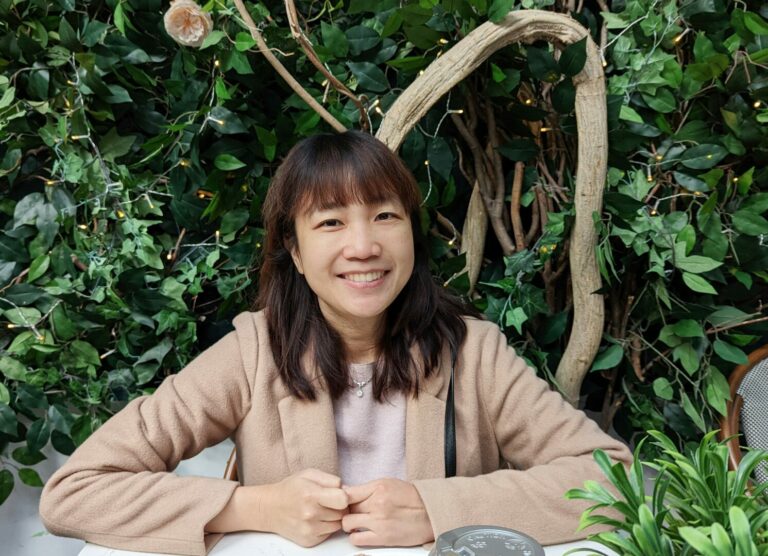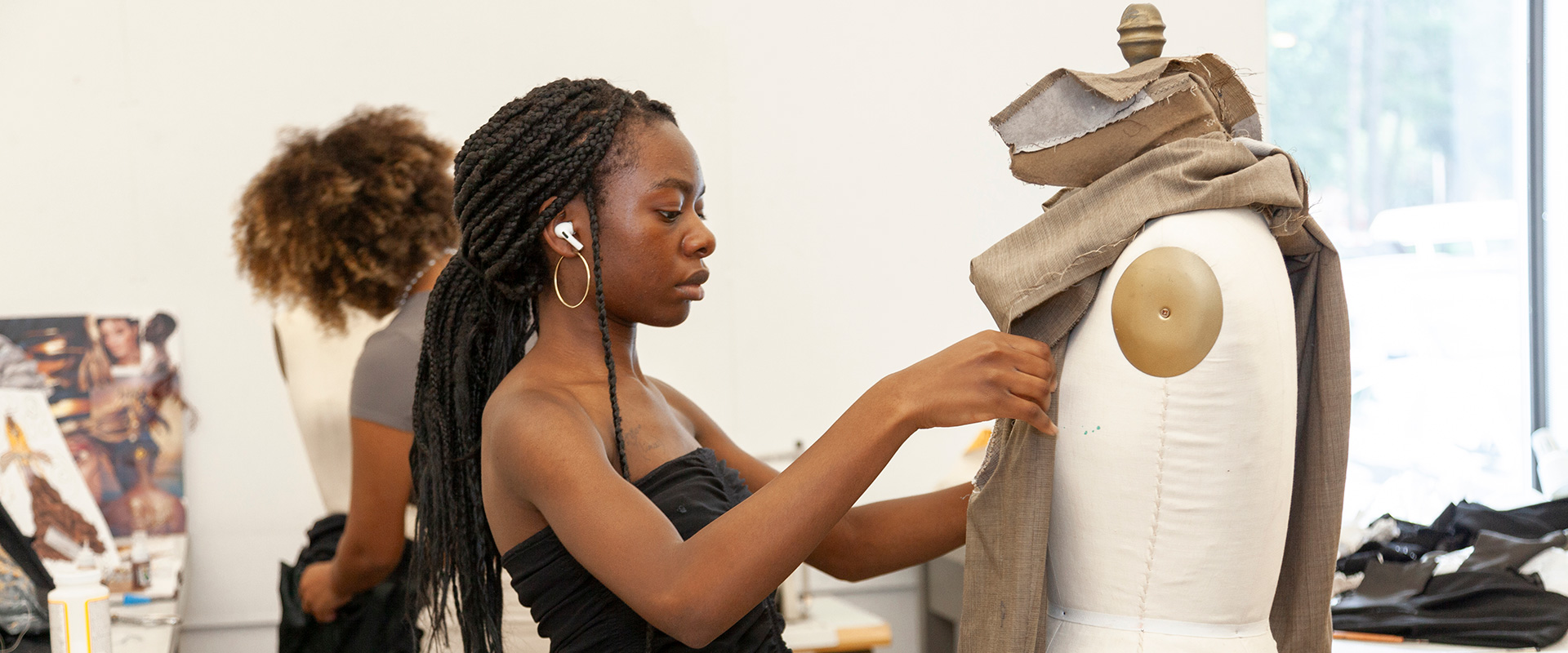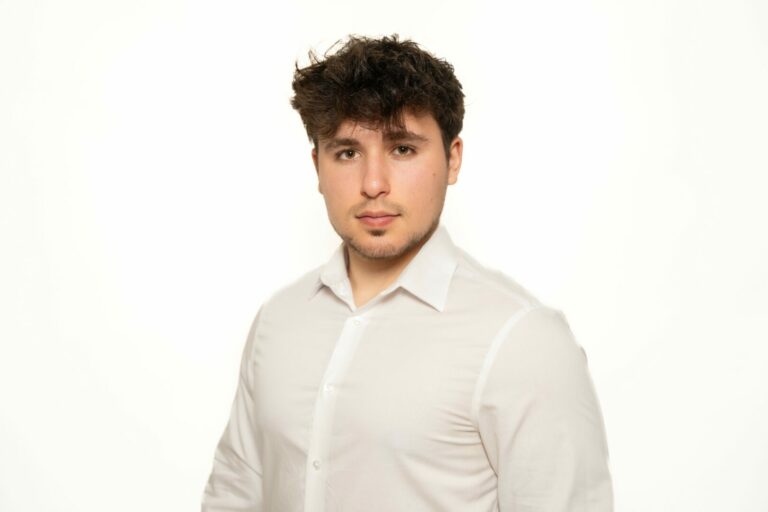We caught up with the brilliant and insightful Kelly Maureen James a few weeks ago and have shared our conversation below.
Hi Kelly Maureen, appreciate you sitting with us today to share your wisdom with our readers. So, let’s start with resilience – where do you get your resilience from?
I didn’t grow up in a safe world. I grew up in a home ruled by emotional volatility, abandonment, and abuse. I was the middle child of three children, raised by a single mother whose unhealed trauma poured out of her in unpredictable waves—sometimes rage, sometimes affection, often both in quick succession. Our home was a place where safety was fleeting, where peace could be shattered in an instant, and where love and fear learned to coexist.
My mother was a scarred and volatile woman. My father abandoned her—and us—after each of was conceived. He returned briefly after my brother’s birth, left again after I was conceived, came back once more long enough to leave her pregnant with my sister, and then disappeared for good. Each of us carried a wound tied to his leaving, and my mother seemed to carry a fury tied to our presence. It often felt like she blamed us for his absence, for her suffering, for everything that felt wrong in her world.
Her rage was terrifying. Her kindness was disorienting. As a child, I could never trust a moment of warmth, because I knew the storm could return without warning. After each violent outburst, she would shift into sweetness—cooking for us, holding us, doting on us as if the previous episode hadn’t happened. But I remembered. My body remembered. My fear lingered even when she smiled. That dissonance fractured my ability to trust not only her, but myself. I didn’t feel safe, even in times of peace. I didn’t understand it then, but I do now. I was an empath. I absorbed the energy in the room. Her peace was my burden. Her calm returned only when her rage had settled into me.
As if that weren’t enough to endure, there was a deeper, darker shadow. When I was four years old my grandfather started sexually abusing me. My mother couldn’t afford childcare, so we spent our days at our grandparents’ house. My grandmother worked, and when she left, we were alone with him. The abuse lasted a year before my mother discovered it. She never left us alone with him again, but nothing else changed. The sexual abuse was quickly buried under the weight of family secrecy. We were expected to carry on as if nothing had happened. But it had. Silence took root in my chest, and a encompassed our home, unacknowledged but ever-present.
And still, through all of this, something in me remained kind and soft. I was a deeply sensitive, compassionate child, loved by teachers, peers, and even strangers—though few knew the world I returned to each night. I lived in a constant state of vigilance, scanning for threats, anticipating shifts, internalizing every scream and every silence. It would be easy to look back and say I was broken. But I wasn’t. I was being forged. That sensitivity, once a survival mechanism, became the foundation of my resilience.
My childhood was immersive training in human complexity. It taught me things no classroom ever could: how pain hides in plain sight, how love can be weaponized, how trauma travels through generations unless someone stops to tend to it. By the time I reached young adulthood, I had become incredibly resilient—not because I wanted to be, but because I had to be. I learned to function through fear. I learned to soothe others even as I shook inside. I learned to see people beneath their masks.
My trauma gave me direction. I had a clear picture of where I did not want to go and who I did not want to become. It taught me about forgiveness—not the kind that erases wrongdoing, but the kind that releases me from carrying it. It taught me to recognize the pain in others and to hold space for it. My wounds became windows. My past became a bridge.
Resilience, for me, didn’t come from strength in the traditional sense. It came from awareness. From emotional intelligence born out of necessity. From seeing behind people’s anger to their wounds. From deciding, again and again, that I would not become the harm that shaped me.
Today, I consider myself a healer. Not despite what I’ve lived through, but because of it. My trauma became my teacher. It showed me what not to become, and in doing so, helped me discover who I am. My past gave me a map—not to escape pain, but to transform it.
That’s what resilience really is. Not the absence of struggle, but the ability to transmute it. To grow from it. To use it in service of something greater than yourself. I didn’t choose my trauma, but I’ve chosen what to do with it. And that choice—that power—is where my resilience comes from.

Appreciate the insights and wisdom. Before we dig deeper and ask you about the skills that matter and more, maybe you can tell our readers about yourself?
For years, I lived what many would consider the American Dream. I had the luxury SUV in the driveway, a beautiful home in the suburbs, a successful husband, and healthy, wonderful children. On the outside, it looked like I had it all. But inside, I felt profoundly disconnected—trapped in a life that had been programmed into me rather than one I had chosen for myself. I was deeply unhappy, though I had everything I was taught to want.
It took everything falling apart for me to find the truth.
In 2016, I made the hardest and most liberating decision of my life: I filed for divorce and walked away from the carefully curated life I had built. It wasn’t out of rebellion—it was out of truth. I knew I was meant for something more, something real. I blew up the life I had outgrown, and from the rubble, I began a journey of radical healing, soul-searching, and rebuilding.
That year, I traveled, studied with some of the world’s most respected spiritual teachers, and did the deep inner work I had avoided for decades. I healed wounds from childhood abuse and abandonment. I let go of limiting beliefs that had kept me small, silent, and afraid. And most importantly, I remembered who I really was.
What emerged from that healing was not just a new version of me—it was a calling. Today, I am an intuitive life coach, and I specialize in guiding people who are standing at a crossroads, ready to design a life that feels aligned with their truth. I help my clients access their inner compass—the place of wisdom, clarity, and purpose that lives within all of us. I believe we are all capable of creating a fulfilling, purpose-driven life, and I’m here to walk beside each of my clients along their journey to creating a life by design.
What makes my approach unique is that I don’t hand out advice—I teach people how to reconnect with their own inner voice. With a degree and background in education, coupled with training from world-renowned programs like the Martha Beck Institute, The Work of Byron Katie, and The Chopra Center, I blend spiritual insight with practical tools to create lasting transformation.
Today, I live just outside of Houston in The Woodlands, Texas, with my soul mate, Wes—who went on his own healing journey after leaving a 15-year law enforcement career. Together, we’ve built businesses that reflect our values and serve our higher purpose. We’re raising our daughters, loving on our first grandchild, and living a life we never imagined possible—because we chose to build it with intention.
Living a life by design means choosing truth over expectation. It means doing the hard work of healing so you can live in alignment, not performance. That’s the life I live now—and it’s the transformation I help others create every single day.

If you had to pick three qualities that are most important to develop, which three would you say matter most?
1. Courage to Choose Truth Over Comfort
Leaving the comfort of a stable life (even one that was suffocating me) took enormous bravery. I had to tune out the external validation and get brutally honest about what I really wanted. I filed for divorce, left a successful career, and began again—because living a lie was no longer sustainable.
How to develop it:
Courage doesn’t always look like a big, dramatic leap. It starts with small, honest choices. Begin by asking yourself questions like:
~What part of my life feels out of alignment?
~What would I do if I trusted myself completely?
Journal your answers. Reflect on them. Then take one small action that brings your life into greater truth. The more often you choose authenticity, the more courageous you become.
2. Emotional Intelligence & Self-Awareness
As I began healing from childhood trauma and rewriting old stories, I learned to stop judging my emotions and start listening to them. Emotional intelligence became my compass, helping me understand where I was still wounded and what I needed to reclaim my peace.
How to develop it:
Cultivate daily practices that build self-awareness. Meditation, breathwork, journaling, or even a quiet walk can create space to tune inward. Learn to sit with your emotions instead of reacting to them. And when something triggers you, ask, What is this here to teach me? Healing begins with curiosity, not control.
3. A Commitment to Lifelong Learning & Spiritual Growth
My path led me to some of the greatest spiritual teachers in the world. I immersed myself in learning—from intuitive coaching and meditation to methods like Byron Katie’s “The Work.” These teachings gave me tools, but more importantly, they gave me perspective. They reminded me that I am never done evolving—and that’s a gift.
How to develop it:
Become a student of your own soul. Take courses, read books, attend workshops, or follow spiritual teachers who resonate with you. But remember: real growth happens when you apply what you learn. Take it off the page and into your life.
Final Comments: You Already Have Everything You Need:
What I’ve learned—and now teach my clients—is that you don’t need to “fix” yourself to create a beautiful, fulfilling life. You just need to remember who you are. The guidance you’re looking for isn’t outside of you. It’s within.
So if you’re feeling that pull—if something inside you knows there’s more—trust that. Trust yourself. Your healing journey is your rebirth. And from that place, you can design a life that’s not just beautiful on the outside—but sacred, spacious, and true at the soul level.
You’re not here to live someone else’s dream. You’re here to live yours.

What would you advise – going all in on your strengths or investing on areas where you aren’t as strong to be more well-rounded?
Over the years, I’ve come to believe that true fulfillment doesn’t come from trying to become everything—we weren’t meant to be well-rounded. We were meant to be whole. And the path to wholeness doesn’t come from obsessing over our weaknesses. It comes from fully stepping into our natural strengths and gifts.
For a long time, I did what I thought I was “supposed” to do. I worked hard to be well-rounded. I built a successful career in education, had the house, the car, the family. On the outside, it looked like I had it all together. But on the inside, I felt fragmented and empty. I was living a life that looked great on paper but didn’t feel true to my soul. The problem was, I was overdeveloping the parts of me that were expected—dependability, responsibility, productivity—and undernourishing the parts of me that were deeply intuitive, creative, and spiritual.
When I finally walked away from that life, I gave myself permission to explore my natural gifts. I traveled, studied with master teachers, and devoted myself to healing and personal growth. In doing so, I discovered that my real power came from my emotional intelligence, my intuition, my empathy, and my creativity—all the things I once thought made me “too sensitive.”
I wasn’t broken. I had just been watering the wrong parts of the garden.
Now, as an intuitive life coach, I get to use those strengths every single day to guide others through transitions and transformations. And I’ve seen firsthand that when people lean into what makes them uniquely powerful, everything changes. Purpose becomes clear. Confidence expands. Life begins to flow.
That’s not to say we shouldn’t ever address our blind spots—but I see those more as areas to bring awareness to, not places to pour all our energy. We don’t need to become experts at what drains us. We need to become masters of what energizes us.
So my advice? Don’t waste your time trying to become well-rounded. Instead, go all in on your strengths. Polish them. Trust them. Use them in service of others. And surround yourself with people who complement you in the areas where you’re not as strong. That’s not weakness—that’s wisdom. That’s collaboration. That’s wholeness.
Contact Info:
- Website: https://www.KellyMaureenJames.com
- Other: I’m offering Bold readers 40% off a coaching session or package. Use code: BOLD2025
(One-time use for new clients. Expires 12/31/25)

Image Credits
Image #1: Dr. Martha Beck and Kelly James
Image #2: Kelly James
Image #3: Kelly James
Image #4: Kelly James with Daughter and Creative Partner, Brooke Taylor
so if you or someone you know deserves recognition please let us know here.




